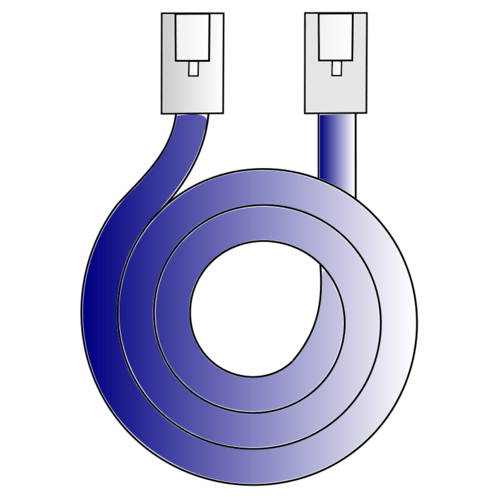

- #Ubuntu no ip duc systemd for free#
- #Ubuntu no ip duc systemd install#
- #Ubuntu no ip duc systemd free#
Or, in the second case, connecting over the DHCP interface to restart systemd-networkd. There are two workarounds, the first for the first case, an additional 'classic' /etc/sysconfig/network-scripts configuration file, and restarting systemd-networkd after boot. however, restarting systemd-networkd instantly brings the configuration up, and communication on the desired IP address starts. In both cases, no network, no static IP address. network configuration file.Ĭase two: Multiple links, but only one static configuration with IPv4, all others left on DHCP.īoot the system, with systemd-networkd enabled. In case of bug report: Steps to reproduce the problemĬase one: A single link with a static IPv4 configuration in the. No connectivity until systemd-networkd is restarted. See the client options page at Let’s Encrypt.In case of bug report: Unexpected behaviour you saw

There are also other clients that might offer more customization and options.
#Ubuntu no ip duc systemd install#
If there is a certbot package for your OS, it’s recommended to install the package instead of the platform independent script. The following example will use the platform independent script to install and run the certbot client from Let’s Encrypt. Now you’re ready to install and run the client that requests certificates from Let’s Encrypt. This will make renewing certificates easier. If you normally don’t use or have an app that listens to port 80, it should be safe to leave the port open. This port forward must be active whenever you want to request a new certificate from Let’s Encrypt, typically every three months. This can be set up by accessing your router admin interface ( Site with port forwarding instructions per router). For the Let’s Encrypt set up we need to forward external port 80 to internal port 80 (http connections). Domains are validated by having certain data be accessible on your domain for Let’s Encrypt ( they describe it better themselves).Īssuming that your home is behind a router, the first thing to do is to set up port forwarding from your router to your computer that will run Let’s Encrypt.
#Ubuntu no ip duc systemd free#
Let’s Encrypt will give you a free 90-day certificate if you pass their domain validation challenge. We will use this to acquire a certificate that can be used to encrypted our connection with Home Assistant. Let’s Encrypt is a free, automated, and open certificate authority (CA). If you’re on a Raspberry Pi, see ‘Pi’ in the category ‘Operating Systems’. After this check out their installation instructions to finish your installation of DuckDNS. For this, go to DuckDNS, log in with any of the supported login providers and add a domain. A dynamic DNS service works by having your home computer tell every 5 minutes what its IP is so that DuckDNS can make sure your domain name is set up correctly.įor this example we will assume our domain is .įirst step is to acquire and set up our domain name. This is a free dynamic DNS service that you can use to get a subdomain to point at your house.

Direct connection to the internet or admin access to your router to set up port forwarding.The DuckDNS part of this tutorial has no requirements but there are a few requirements as of now to run the Let’s Encrypt client.
#Ubuntu no ip duc systemd for free#
This tutorial will take you through the steps to setup a dynamic DNS for your IP and allow trusted encrypted connection to it - for free using DuckDNS and Let’s Encrypt. After this you would be able to use Home Assistant from anywhere but there is one big red flag: no encryption. You have to set up port forwarding on your router and most likely add a dynamic DNS service to work around your ISP changing your IP. Please have a look at the new instructions.Įxposing your Home Assistant instance outside of your network always has been tricky. The instructions in this blog post are outdated.


 0 kommentar(er)
0 kommentar(er)
